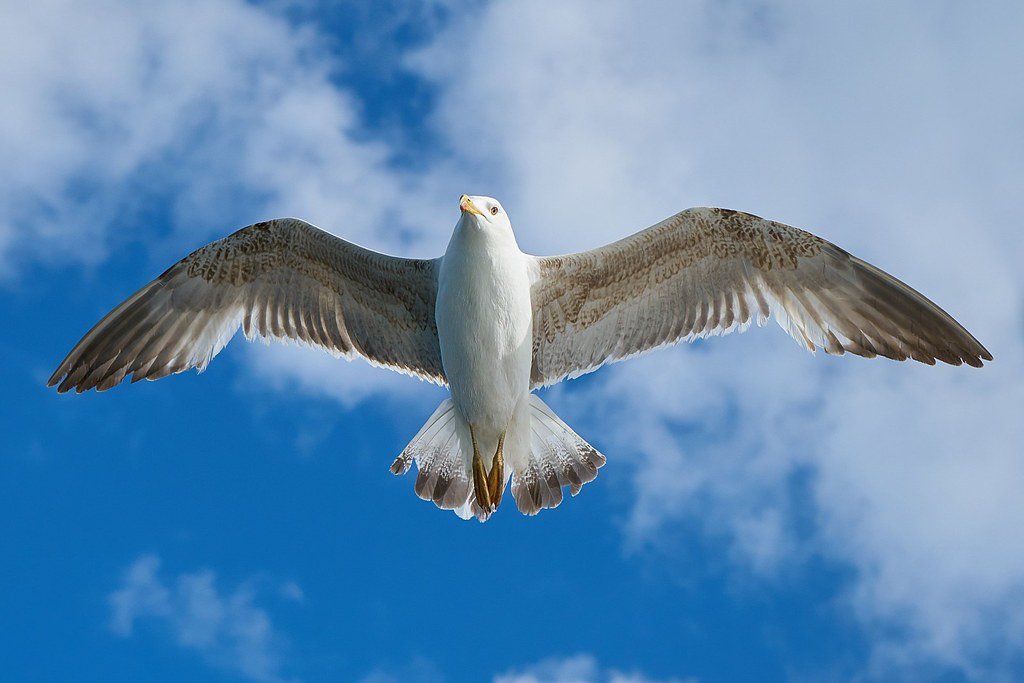Picture this: you’re strolling through a Las Vegas parking lot in July, and the asphalt is so hot it could fry an egg. Now imagine doing that same walk while wearing a thick winter coat you can’t take off. That’s essentially what some dog breeds experience every single day in hot states like Nevada, where The scorching sun, parched landscape, and searing temperatures make it difficult for anyone to stay cool and calm, and our furry friends are no exception.
Nevada’s blazing summers aren’t just uncomfortable for certain dog breeds – they can be downright dangerous. While some pups thrive in the desert heat, others find themselves gasping for air and desperately seeking shade. Understanding which breeds struggle most can mean the difference between a happy, healthy companion and a medical emergency.
English Bulldogs

English Bulldogs face a perfect storm of challenges when temperatures soar in Nevada. The flat face of an English Bulldog makes this breed prone to overheating, creating a breathing nightmare when the mercury climbs. Their shortened airways simply can’t handle the increased demand for air circulation that hot weather demands.
What makes this even more challenging is that English Bulldogs have a reputation for being lazy and calm dogs, which might seem like an advantage in the heat. However, even minimal activity can send them into distress. Their stocky build and breathing limitations mean that they’re not efficient at cooling themselves through panting and can develop heatstroke in minutes if overexerted. Even a short walk in the sun can be risky.
French Bulldogs

French Bulldogs share the same flat-faced anatomy as Pugs and Bulldogs, making them poor candidates for summer heat. These popular companions have become America’s most popular breed according to AKC registration data, but their anatomy works against them in desert climates. Another short-muzzled breed, French Bulldogs cannot effectively cool down through panting. And because dogs don’t sweat like humans do, this can be dangerous.
The scary reality is that they’re prone to breathing issues and can overheat even in mild temperatures. In Nevada’s brutal summer heat, what might be considered a gentle warm day elsewhere becomes a serious threat. Their compact size might fool you into thinking they’re hardy, but their respiratory limitations make them incredibly vulnerable to heat-related emergencies.
Pugs

Pugs might have the personality to take on the world, but Nevada’s heat is one challenge they simply can’t conquer. Despite the Pug’s short fur and compact size, they don’t do well in hot weather because of their flat face. Cool, well-ventilated places are important for keeping this small dog breed cool during the summer. Their adorable wrinkled faces come with a serious price in hot climates.
A Pug’s wrinkly, smooshed face is adorable, but don’t expect these brachycephalic dogs to keep up with you when the weather turns warm. Pugs can’t easily cool themselves by panting, so when the weather turns hot and humid, keep your pup inside. Even their natural couch potato tendencies become a survival necessity rather than just a cute quirk.
Saint Bernards

Saint Bernards are the gentle giants who saved lives in the snowy Swiss Alps, but Nevada’s heat transforms them from heroes into victims. Originally from the Swiss Alps, Saint Bernards were bred for cold-weather rescue work. Thanks to the thick coat that protects them in the mountain snow, Saint Bernards can struggle in hot and humid climates.
Their massive size works against them in multiple ways during hot weather. The Saint Bernard has an easygoing demeanor that makes him a friend to people and pets alike. But don’t expect them to be the star of your next summer barbecue. With a thick, dense coat covering the breed’s extra-large frame, a Saint Bernard prefers to chill inside next to the AC. Their laid-back nature becomes essential for survival rather than just temperament.
Chow Chows

One look at a Chow Chow’s magnificent fluffy coat tells you everything you need to know about their heat tolerance. One glance at the Chow Chow’s thick, fluffy double coat and you’ll know that this dog breed doesn’t do well in the peak of summer. The good news is that these large dogs are surprisingly chill and don’t have a lot of energy to burn.
The Chow Chow’s thick, double coat makes them a prime target for heatstroke. The layered coat makes it challenging to release excess heat, keeping the heat trapped in the body. In Nevada’s relentless sun, their beautiful coat becomes a liability that can quickly turn dangerous. Their low-energy personality actually helps them survive, as any increased activity could spell disaster.
Shih Tzus

Shih Tzus face a double whammy when it comes to hot weather challenges. Shih Tzus have long coats and small nasal passages, which make it tough to cool down. The combination of thick fur and brachycephalic (flat-faced) structure puts them at a double disadvantage. Their royal bearing might suggest they can handle anything, but Nevada heat is their kryptonite.
The Shih Tzu is one of many flat-faced breeds that struggle when it gets hot because it’s more difficult for them to cool themselves. Dogs cool down by panting, and brachycephalic breeds already work harder to breathe due to their shorter facial structure. When you combine breathing difficulties with thick fur, you get a recipe for heat-related distress that requires constant vigilance.
Akitas

Akitas are the stoic warriors of the dog world, bred to handle the harsh winters of Japan. However, their cold-weather adaptations become serious liabilities in Nevada’s desert climate. In cold weather, an Akita’s thick double coat provides insulation. But in hot weather, this coat may cause them to overheat. This, coupled with their heavy build, means Akitas have a low tolerance for heat.
Their impressive size and dignified demeanor can’t overcome the basic physics of their coat design. The same dense fur that keeps them comfortable in freezing temperatures becomes a heat trap when temperatures soar. Akitas require careful monitoring and immediate access to air conditioning during Nevada’s summer months to prevent dangerous overheating episodes.
Alaskan Malamutes

The Alaskan Malamute was bred to pull heavy loads in freezing Alaskan temperatures. This makes them one of the best dog breeds for cold weather, but one of the worst for hot climates. These magnificent sled dogs are essentially wearing parkas year-round, making Nevada’s heat their absolute nemesis.
Their powerful build and thick coat create a perfect storm for overheating. Everything about their physiology screams “arctic survivor,” from their dense undercoat to their substantial frame. Keeping your Malamute inside during the hottest parts of the day and routinely grooming them with a comb or undercoat rake to remove excess fur can help your dog stay comfortable in the summer. But even with these precautions, they’ll never truly thrive in Nevada’s relentless heat.
Conclusion

Nevada’s unforgiving climate serves as a stark reminder that not all dogs are created equal when it comes to heat tolerance. The eight breeds we’ve explored share common vulnerabilities – whether it’s breathing restrictions, thick coats, or large body masses that make cooling difficult. Dog owners in the city of Las Vegas can not tether a dog outside if the National Weather Service has issued a heat advisory, which is typically issued when temperatures reach dangerous levels, highlighting just how seriously authorities take these risks.
For owners of these breeds in hot states, vigilance isn’t just recommended – it’s essential for survival. Air conditioning, limited outdoor time during peak heat, and constant access to water become non-negotiable necessities rather than luxuries. The love we have for our four-legged family members means making hard choices about where we live and how we care for them.
The desert might be beautiful, but for these eight breeds, it’s also potentially deadly. If you’re considering moving to Nevada with one of these dogs, or thinking about adopting one while living in a hot climate, remember this: some battles against nature simply can’t be won. Is your heart prepared for that reality?

Jan loves Wildlife and Animals and is one of the founders of Animals Around The Globe. He holds an MSc in Finance & Economics and is a passionate PADI Open Water Diver. His favorite animals are Mountain Gorillas, Tigers, and Great White Sharks. He lived in South Africa, Germany, the USA, Ireland, Italy, China, and Australia. Before AATG, Jan worked for Google, Axel Springer, BMW and others.




